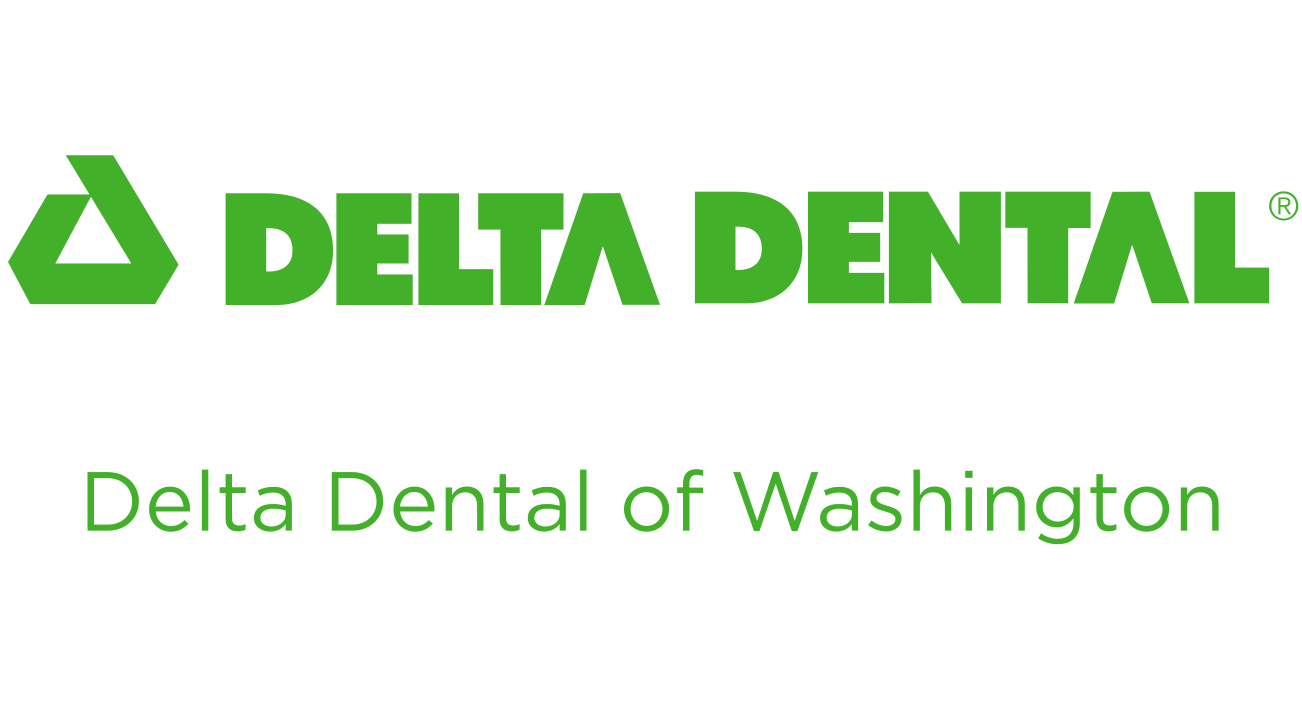With so many of us stuck at home these days, we are finding new and creative ways to communicate. Even though we can’t be together in person, modern technology lets us meet virtually with our friends, family, colleagues and yes, even our dentists.
Most dental offices are closed to everything except emergency care during COVID-19, but this closure only applies to in-person visits. Many dentists are embracing teledentistry as a way to see patients safely and remotely. All Delta Dental plans cover teledentistry appointments in the same way as office visits, so you should not hesitate to access care through teledentistry during the pandemic and beyond.
But what can and can’t be done during a teledentistry appointment? And can you trust the technology to keep your health information safe?
What Can and Can’t Be Done During a Teledentistry Appointment
Of course, not every dental service can be accomplished virtually. (Pandemic or not, I’ll opt out of a DIY root canal, thank you very much.) But teledentistry is a valuable option for bridging the gap until you can see your dentist in person.
How your dentist uses teledentistry depends on the nature of your dental issue, as well as what technologies he or she has in place. But in general, teledentistry can be used to make basic diagnoses, triage emergencies, and answer oral care questions. During a virtual visit, your dentist might determine that you need to be seen now for emergency care or decide you can wait until after regular in-office appointments resume. Likewise, your dentist can use the teledentistry appointment to recommend a treatment plan, so you are all ready to begin once it is safe to do so.
No matter what teledentistry services your dentist provides, you should expect the same standard of care as you would during an in-office visit. In fact, the American Dental Association (ADA) specifically lists the rights patients have while receiving teledentistry care.
Is My Information Secure?
The important thing to remember is that teledentistry isn’t new, and neither are the technologies dentists use. As part of routine care, dentists consult with their colleagues electronically, and the ADA has a long-established set of privacy practices for how and when this can be done. This same set of rules applies to newer technologies, like video conferencing. As early as 2015, the ADA began developing policies that apply specifically to video conferencing. Several video conferencing platforms offer telehealth portals for doctors and dentists, which have extra layers of security.
That being said, many dentists are using teledentistry technologies for the first time during COVID-19. If you are concerned about your dentist’s security framework, don’t be afraid to ask.












